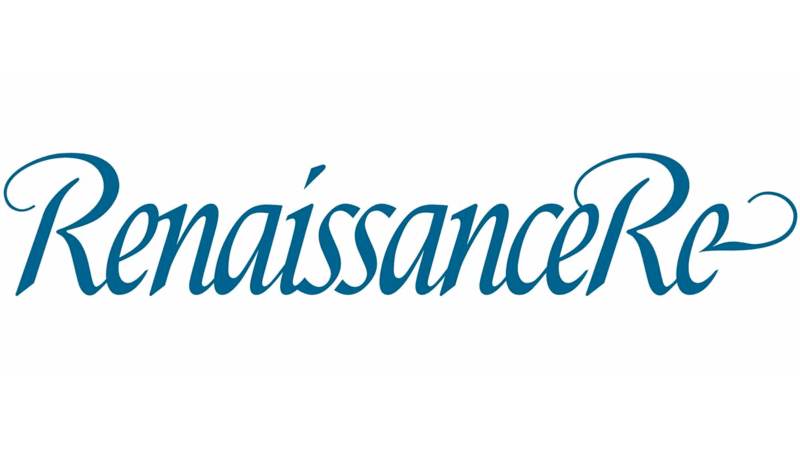RenRe’s Upsilon returns further $254m of trapped capital to investors

RenaissanceRe’s collateralized reinsurance and retrocession investment fund vehicle Upsilon has returned just over $254 million of trapped capital to its investors across the first nine months of this year.
The capital has been returned over the course of 2022, up to the end of September, and all hails from contracts where cedents had held collateral for potential losses from prior year catastrophe events.
While assets under management at Upsilon RFO, the structure underpinning RenaissanceRe’s Upsilon Fund, have fallen in recent years, activity has continued to recover capital that has been held against contracts with exposure to prior year losses.
As we reported recently, RenaissanceRe (RenRe) counted Upsilon’s overall assets under management (AuM) as being $1.46 billion at the end of September 2022.
It’s down a reasonable amount on the prior year and a 12% decline just in the last quarter, which is due to exposure to catastrophe losses from hurricane Ian.
As a result, at the end of September, third-party investor allocations to Upsilon had declined by 13% during Q3 2022, to $1.27 billion.
Which explains why RenRe has been reporting that reduced assets under management in Upsilon has been reducing its third-party capital management fee income, as well as contributing to a decrease in gross premiums written in its catastrophe reinsurance and retrocession business.
But, for the RenRe Capital Partners team, there continues to be work to do on prior year events Upsilon had exposure to, as they look to free up capital where it has proven to be held unnecessarily by cedents, or where their losses turn out lower than anticipated.
Across the first nine months of 2022, RenRe reported that, after the release of collateral that had been previously held and was associated with prior year contracts, Upsilon RFO was able to return $254.1 million of capital to investors, including $52.8 million to RenRe itself.
Investors will, of course, have viewed this extremely positively.
Importantly, it shows RenRe working to release capital where possible after it has been trapped, while also demonstrating that Upsilon’s losses are generally proving to be a good deal lower than where originally reserved for.
Typically, capital and collateral is only returned by cedents in one of two cases, where their loss turns out to be lower than expected, or where a commutation agreement has been reached between the counterparties.
A year earlier, Upsilon returned some $419.6 million of capital to its investors after collateral was released from prior year’ contracts, showing that this is an ongoing process, but also that the quantum of release is dropping inline with the lower AuM Upsilon has commanded over the last year or so, but also as the prior year events which are largely expected to be from 2017/18/19, move further into the past.
This may all have a positive read-across for others in the ILS fund management space.
As, with RenRe managing to free trapped investor collateral that had been deployed by its Upsilon vehicle, in not insignificant sums, it suggests other collateralized reinsurance and retrocession strategies and ILS funds will also have been able to release collateral over these periods.
Which is all another sign that there are plenty of actors in the ILS market that do reserve adequately and are able to therefore deliver value back to investors where losses turn out to develop to a quantum that is ultimately lower than at first thought necessary to hold capital aside for.






